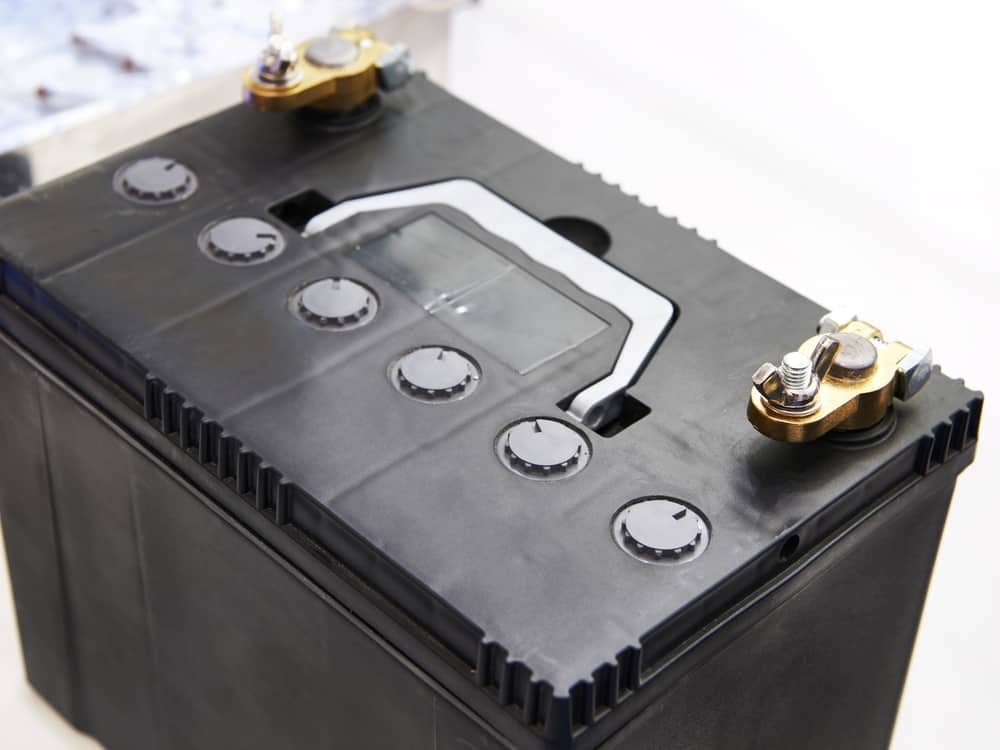There are many different battery types out there and two of the most popular are gel and lithium. You may have been wondering when it comes to gel vs lithium battery, what’s the difference between them? Is one better than the other or are they mostly the same?
Thankfully for you, we’re here to answer all your questions! We’ll see what similarities they have, as well as their crucial differences. Let’s start by looking at an overview of these two battery types.
Table of Contents
Gel Batteries
These types of batteries are valve-regulated lead-acid batteries with pre-calculated quantities of electrolytes and sulphuric acid. These are then mixed with silica fumes.
The chemical reaction you’ll get is an immobile gel-like mass that gives gel batteries their name. Moreover, its gel-like mixture provides electrolytes with an ideal consistency and thickness so the batteries can work anywhere without fume emissions.
These batteries are commonly used in camcorders, smartphones, marine equipment, and electric vehicles since they are spill-proof. Also, they have longer discharging power, so gel batteries are used in RV (recreational vehicle) apps, floor scrubbers, golf carts, etc.
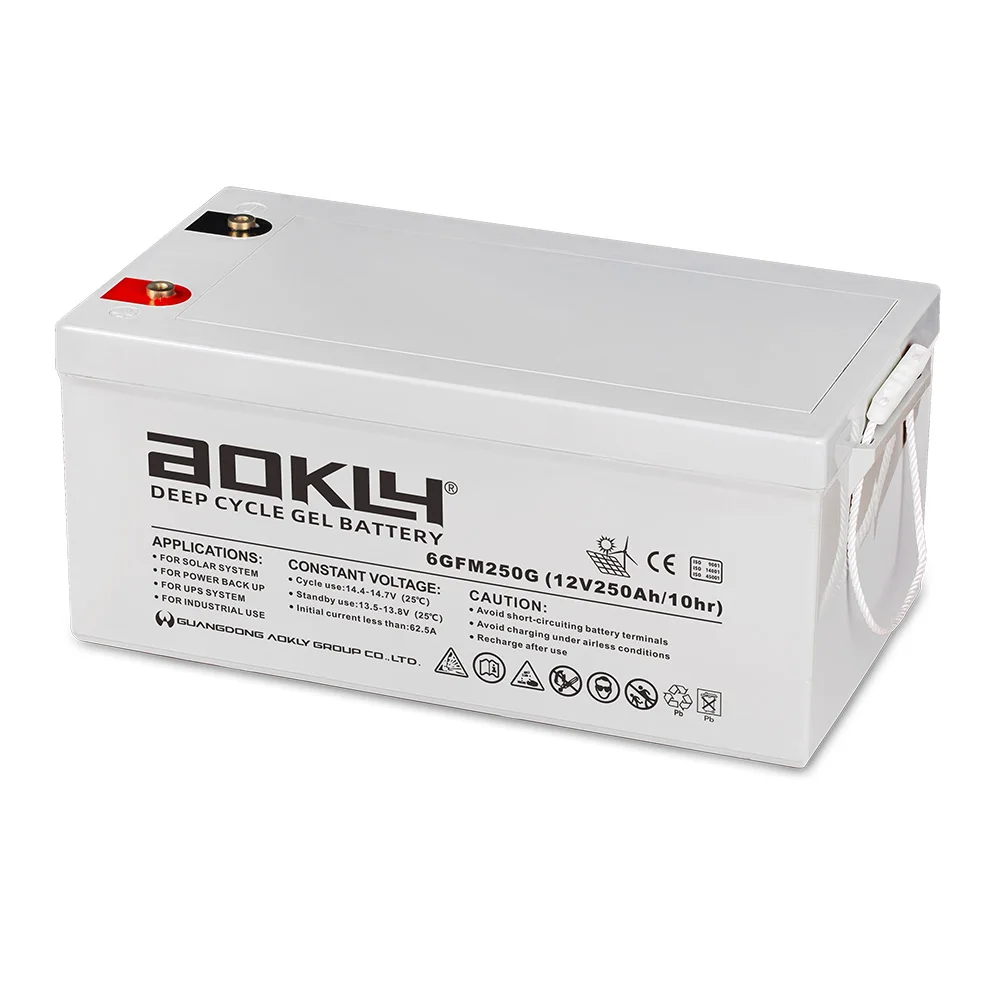
Benefits of Gel Batteries
Here’s a quick list of what makes gel batteries excellent options:
Leak-free and No Need for Maintenance – Since gel batteries consist of gel instead of liquid, there is no need for too much maintenance. Also, since it can remove extra pressure due to being valve-based, its encasement becomes leak-free and convenient.
Vibration Resistant – These batteries can withstand extensive vibrations and other similar outer impacts. The gels within them help absorb impact, so you can use the batteries for things like four-wheelers.
Minimum Fumes – Since the batteries are made of gel, there are minimal fume emissions while it’s at work. It means gel batteries can be used anytime, anywhere, and even in places with less ventilation.
Lithium Batteries
Primary batteries with metallic lithium as an anode are called lithium metal batteries. After lithium-ion batteries were invented, these batteries were labeled lithium-metal batteries. Unfortunately, most lithium batteries aren’t rechargeable.
What makes the lithium cell different from other batteries is the high cost per unit and high charge density. Depending on the design and chemical compounds, they can generate voltages ranging from 1.5V to about 3.7V.
There are three primary kinds of lithium batteries: manganate, ternary, and iron phosphate. The latter can offer ideal solutions for the renewable energy industry. Stable chemical materials, low maintenance, and lightweight help to make them convenient for transport and installation.
These batteries are available in AA/AAA, C, D, coin/button cell, and 9v sizes. Lithium batteries are found in everyday items such as flashlights, cameras, toys, and even medical devices and security systems.
Rechargeable lithium-ion batteries are used in vaping devices, personal electronics like smartphones, tablets, laptops, E-Bikes, and even electric vehicles. They also work with toothbrushes, tools, hoverboards, scooters, and storage for solar power backup.
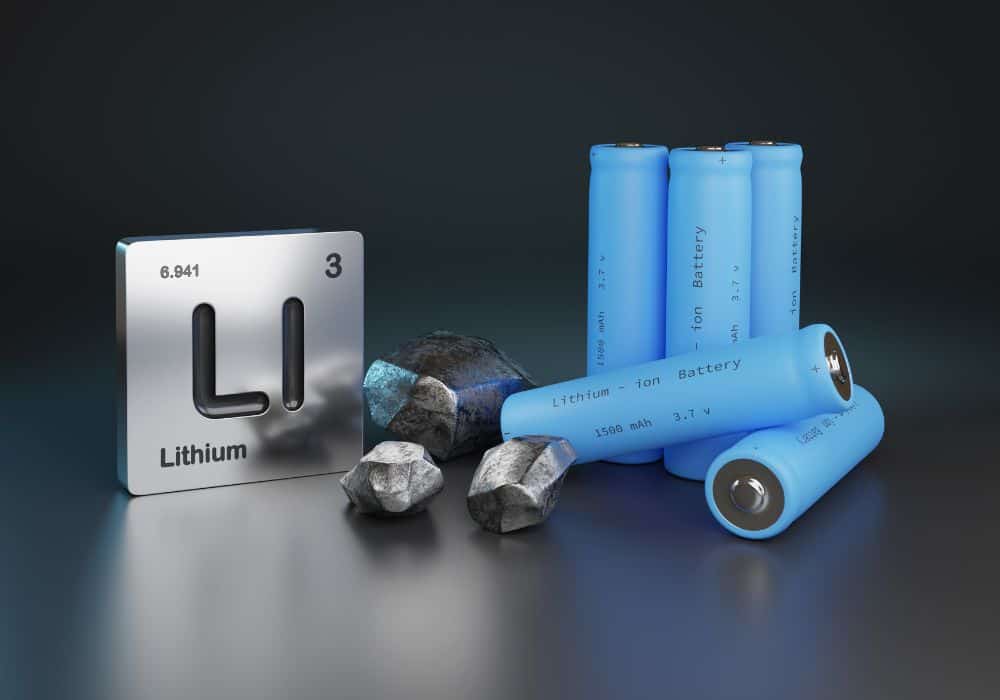
As the industry progresses, these batteries will be further utilized in more products.
Since lithium is a light metal, these batteries have the highest energy density compared to other battery cells. As a result, they can store more energy than alkaline batteries or any comparable single-use battery. Additionally, these perform admirably in extreme temperatures, whether hot or cold.
Benefits of Lithium Batteries
Like gel batteries, lithium batteries also have many benefits. Here’s why you should use them:
No Need for Maintenance – These batteries also don’t need maintenance and have lesser placement issues compared to other batteries. They are easy and convenient to store with little worries.
Extended Life Cycle – Lithium batteries outlast and perform better than other types of batteries. If used properly, these can have a long life expectancy. This is a major benefit for operations requiring efficiency and high output levels. Even after going for 2,000 cycles, most lithium batteries can still perform at up to 80% of their capacity.
Compared to lithium batteries, most other batteries are only good for 500 to 1,000 cycles. So when you purchase devices using lithium battery packs, you can expect these to work at full capacity for a longer time.
High Power Efficiency in Different Weather Conditions – Using lithium battery power is difficult to beat since they’re charged at nearly 100% efficiency. So, almost every drop of charge poured into these batteries will be transferred and then utilized as power. Lithium batteries are also well-equipped in retaining this charge in colder temperatures.
Cold weather can shorten the battery life of many devices, but lithium batteries are more efficient in such temperatures. If you intend to use your device outside or in colder weather, that’s fine. Lithium batteries can prevent the cold zap that usually affects most batteries.
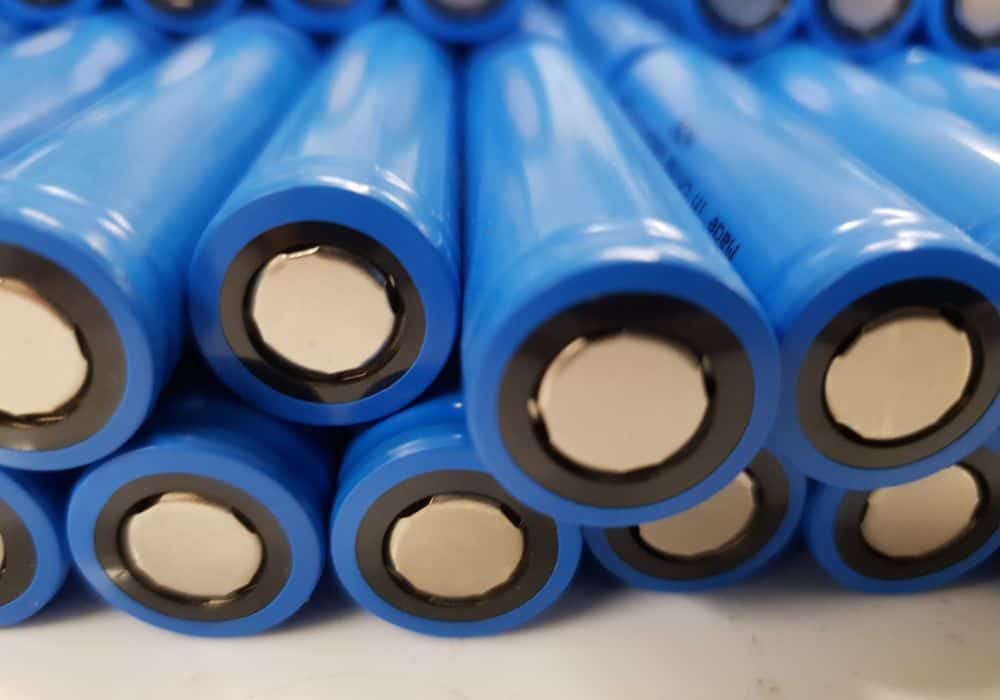
Comparisons – Gel vs. Lithium Batteries
Gel and lithium batteries come with distinct elements and chemistry, bringing differences in cost and performance. While these two options can be efficient storage solutions, here we’ll compare them and see how they stack up in key categories.
1. Cost
Cost-wise, gel batteries outperform lithium batteries in this category. Comparing the cost of these two batteries, gel batteries are cheaper than lithium ones by as much as 50%. But despite being more expensive, lithium batteries are more efficient and have higher capacities than gel batteries.
Gel batteries are ideal for testing and are cheaper for solar projects. On the other hand, lithium batteries are ideal for long-term installation and help prevent substitutions.
Since lithium batteries offer better performance and capacity, you will have less downtime and fewer replacement and labor costs. Investing in these can give you more long-term savings.
Simply put, gel batteries have lower installation and purchase costs, yet the lifetime value of lithium batteries can balance this out.
2. Features
These batteries come with different features, and safety-wise, lithium batteries have higher quality cells than gel batteries. That means it can provide better safety when in use. Lithium batteries also have higher density, giving them lesser weight and mass than gel batteries.
The two batteries work effectively. However, an advantage of the lithium battery over the gel one is it can function with higher working temperatures. Because of this quality, lithium batteries are suitable for numerous appliances, whereas gel batteries can exhaust in extreme heat.
3. Efficiency and Effectivity
The efficiency of batteries is a vital element to consider when comparing options. And between gel and lithium batteries, the latter is more efficient.
Most lithium batteries are 95% efficient or more. That means 95% (or higher) of energy stored in lithium batteries can be used. On the other hand, the efficiencies of gel batteries range from 80 to 85%.
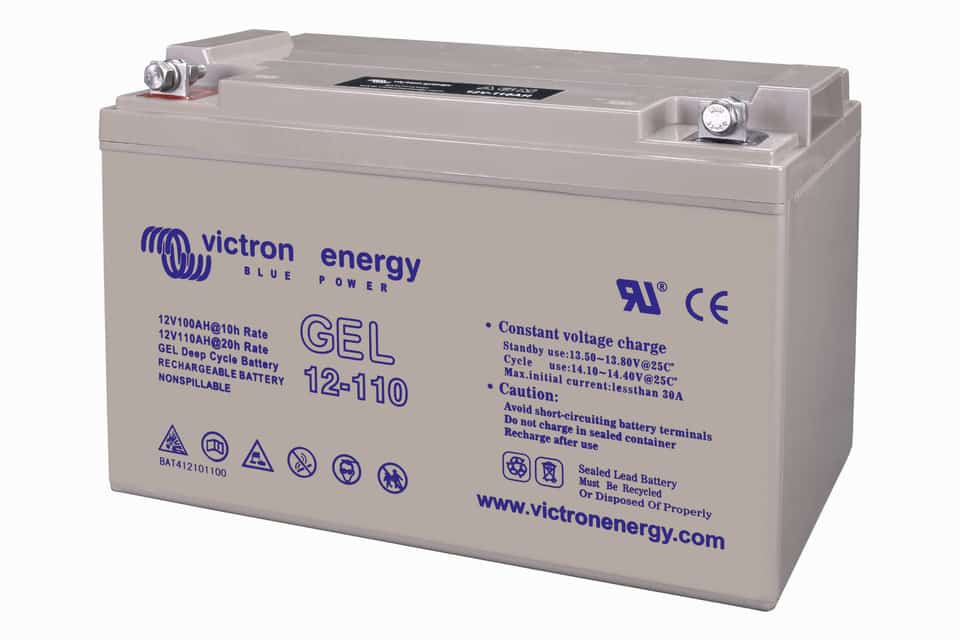
Remember that high-efficiency batteries often charge faster. And like its depth of discharge, optimized efficiency means you get higher and more effective battery capacity.
It’s also good to note that the higher your efficiency, the faster your batteries charge. The efficiency of lithium batteries is unparalleled, especially under demanding situations.
4. Battery Charging
Lithium batteries can charge/discharge at high rates, offering great versatility for various applications. Fast charging helps decrease downtime, and the high rate of discharge from lithium is ideal for that power burst.
Gel batteries need to get charged in stages over a longer period. Also, remember that these perform inefficiently in high discharge periods, making them less versatile compared to lithium batteries.
5. Temperature Fluctuations
Gel batteries are good, but temperature fluctuations and energy drop barely affect the power delivery of lithium batteries. So for applications that exhaust batteries or run under extreme weather/temperatures, the best choice would be lithium batteries.
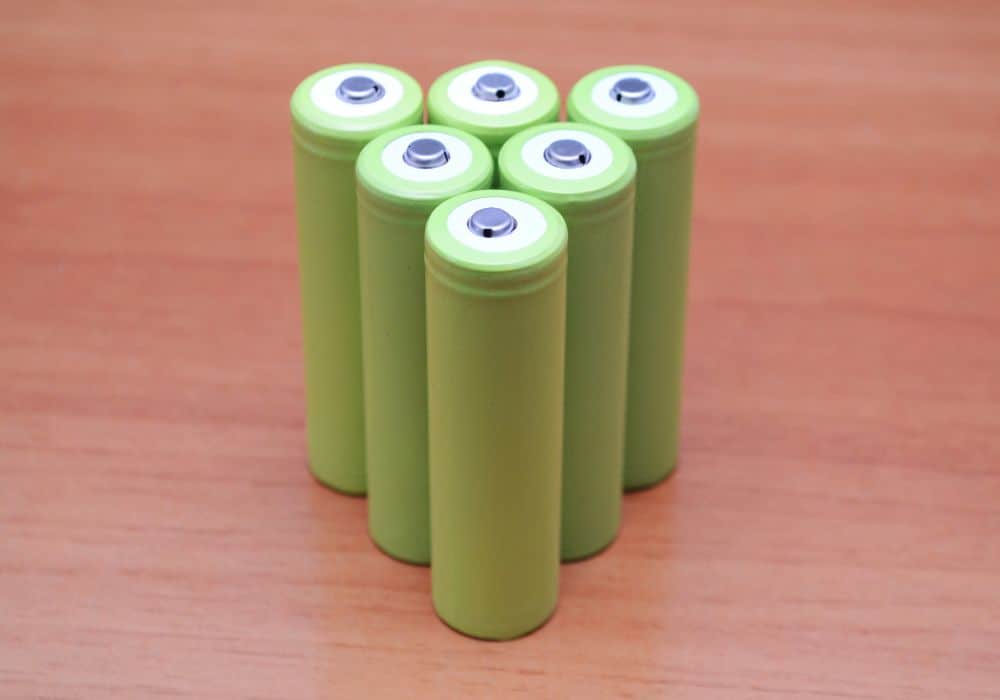
The Verdict
Although both batteries are good in their own way, lithium batteries are superior to gel batteries.
As we’ve seen, these batteries are more efficient than gel batteries. So, if you’re replacing a lithium battery with the gel type, that will be fine. However, you will need four gel batteries to have the same density, life cycle, and efficiency as a lithium battery.
One of the biggest advantages of lithium batteries is that they offer a longer lifespan and extended battery life for daily use. And with shorter downtimes for charging, these batteries are essential in multi-shift scenarios like warehouse operations.
Though if you require a battery backup system, both gel and lithium batteries can be excellent options. However, it’s often better to install lithium batteries, given the numerous advances of today’s technology. And despite it being pricier than gel batteries, the lithium types usually have more long-term value.
In some cases, a gel battery is the better choice. Some examples are an off-grid solar installation that isn’t frequently used or a backup power source on a boat or RV. Since these aren’t used regularly, gel batteries will be less expensive than lithium batteries.
For items that won’t be used often, it’s safe to use gel batteries since you can avoid their drawbacks.
Final Thoughts
Both of these batteries have their place and are useful for various devices. However, in a straight shootout, lithium batteries come on top in almost every category. The only category they don’t is cost, so for those looking for a cheap battery, gel is the way to go.
